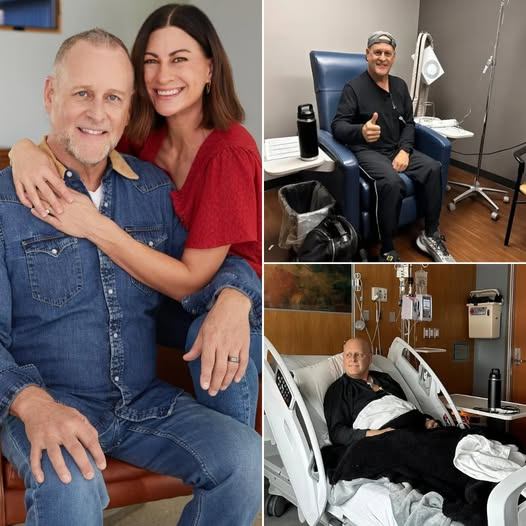
If you’ve ever been jolted awake by a painful leg cramp or sidelined during a workout by a sudden muscle spasm, you know how desperate you can feel for relief. Muscle cramps are extremely common and can be triggered by dehydration, overworked muscles, fatigue, nerve irritation, or an imbalance of electrolytes such as sodium, potassium, calcium, and magnesium. Traditional solutions include stretching, massage, eating potassium-rich foods like bananas, or drinking sports drinks.
In recent years, however, an unexpected remedy has gained popularity among athletes and fitness enthusiasts: pickle juice. But does it really work, or is it just a quirky home remedy?
Why Pickle Juice May Work
At first glance, pickle juice seems unlikely to stop cramps—it’s mostly water, vinegar, salt, and spices. Many assumed it helped by restoring electrolytes, similar to sports drinks. But research suggests the relief happens too quickly for electrolytes to be the main factor. Athletes often report cramps easing within 30 to 90 seconds—far too fast for sodium or potassium to enter the bloodstream and correct an imbalance.
Instead, studies suggest the vinegar in pickle juice stimulates receptors in the mouth, throat, and esophagus. This sends signals to the nervous system that temporarily override the nerve misfires causing the cramp. In other words, pickle juice doesn’t fix the underlying problem but provides rapid, temporary relief by interrupting the nerve signals triggering muscle spasms.
How to Use Pickle Juice for Cramps
If you want to try it, the method is simple: drink 2–3 ounces (a few sips) of pickle juice at the first sign of a cramp. Relief often comes within 30 seconds to a couple of minutes. The taste is strong—salty, sour, and tangy—but many people find the fast effect worth it.
Moderation is important. Pickle juice is high in sodium, so overconsumption could be harmful, especially for people with high blood pressure or kidney issues. Consider it a quick fix rather than a daily habit.
Who May Benefit Most
Pickle juice appears particularly helpful for athletes prone to exercise-related cramps during intense workouts or endurance events. It may also help older adults who experience nighttime leg cramps. For those with naturally low sodium levels, the added salt can be a minor bonus.
However, it’s not suitable for everyone. People with acid reflux may find the vinegar irritating, and anyone on a low-sodium diet should use caution.
Other Ways to Prevent Muscle Cramps
While pickle juice can provide rapid relief, prevention remains key. Staying hydrated, maintaining a diet rich in potassium (bananas, sweet potatoes, spinach) and magnesium (nuts, seeds, whole grains), and stretching before bed or after exercise can help reduce cramps. Magnesium supplements or tonic water containing quinine are additional options some people find helpful.
In Conclusion
Pickle juice isn’t a cure-all, but research suggests it can offer quick relief by interrupting nerve signals that cause muscle cramps. It won’t replace lost electrolytes like a balanced meal or sports drink, but for athletes, weekend warriors, or anyone prone to painful spasms, it’s an inexpensive and surprisingly effective tool. Pair it with healthy habits that address hydration, nutrition, and stretching for the best results.



